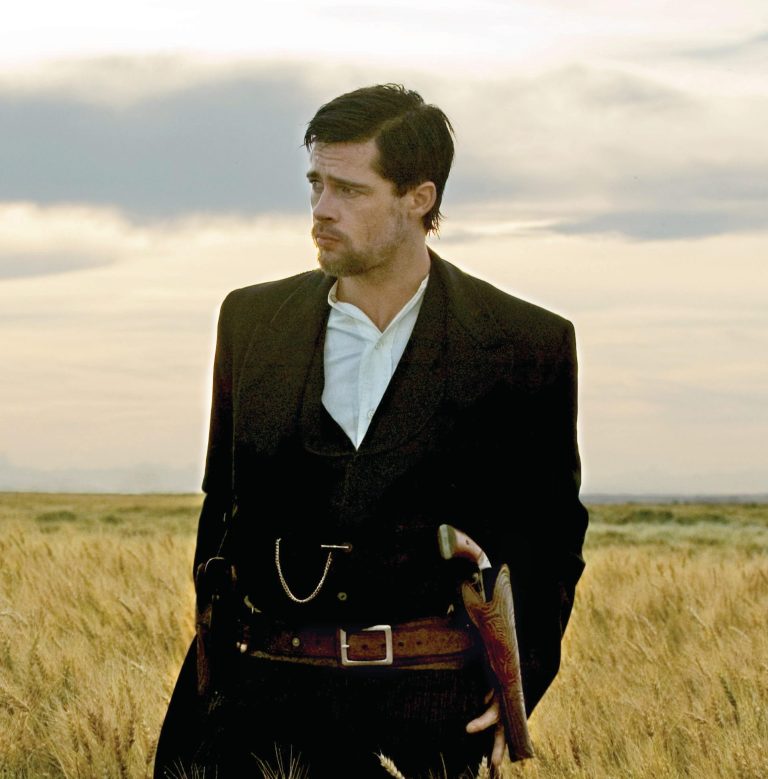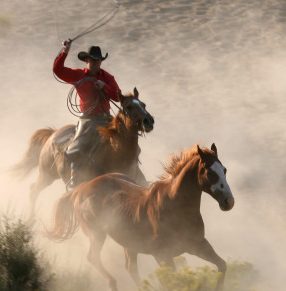A Look at Masterful Character Description Part 3
Character description is a crucial part of fiction, yet, it appears that few writers give it much attention. And that’s…

Character description is a crucial part of fiction, yet, it appears that few writers give it much attention. And that’s…

Let me begin this week’s post, a continuation of looking at masterful character description, by lifting this paragraph from last…

Subscribe to my email blasts to level up your writing and be notified of upcoming events and offers!
No products in the cart.